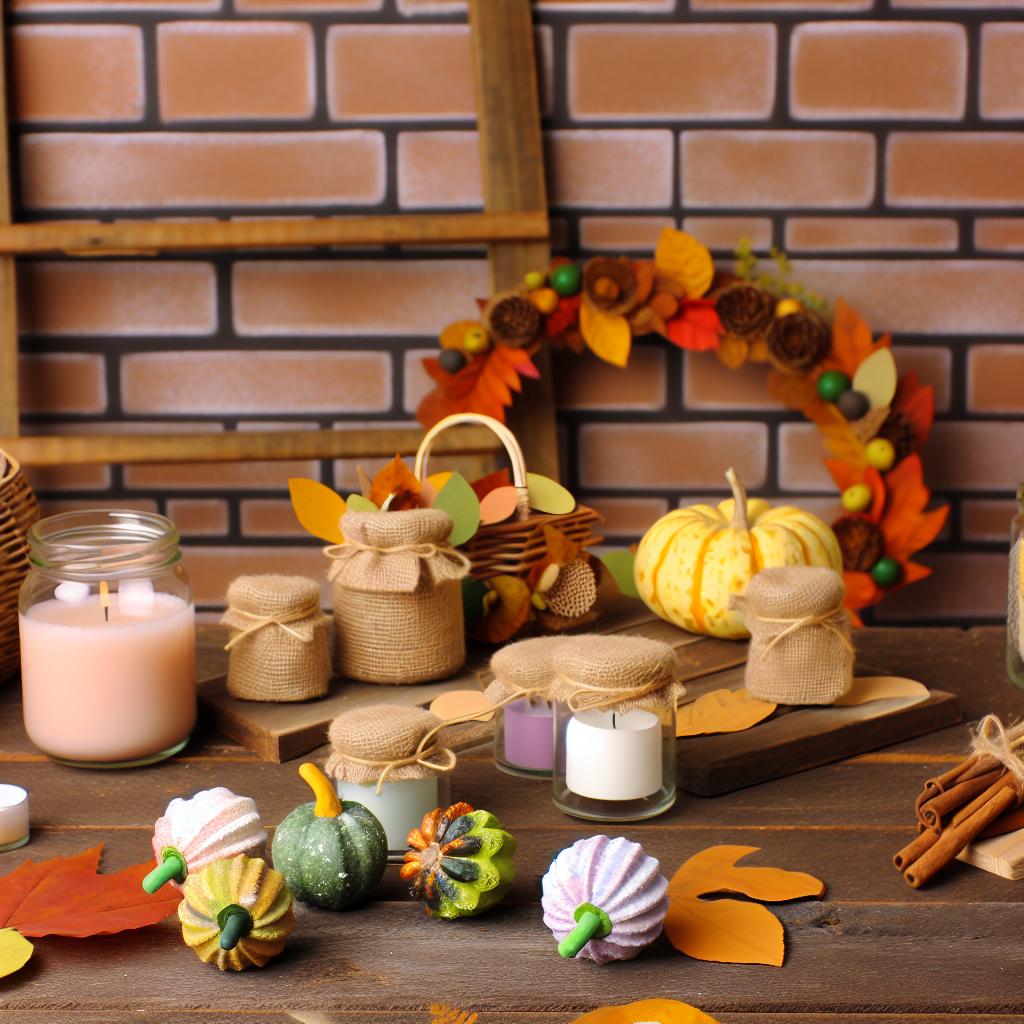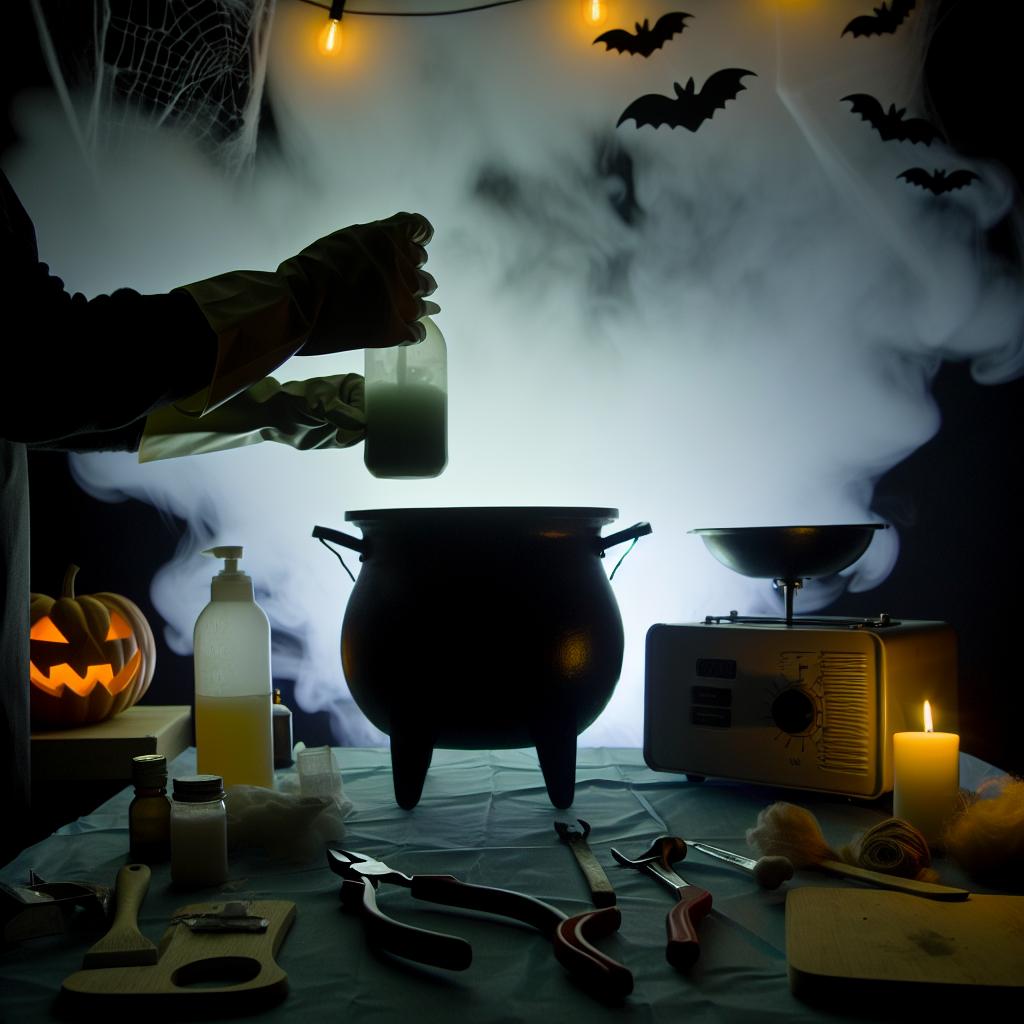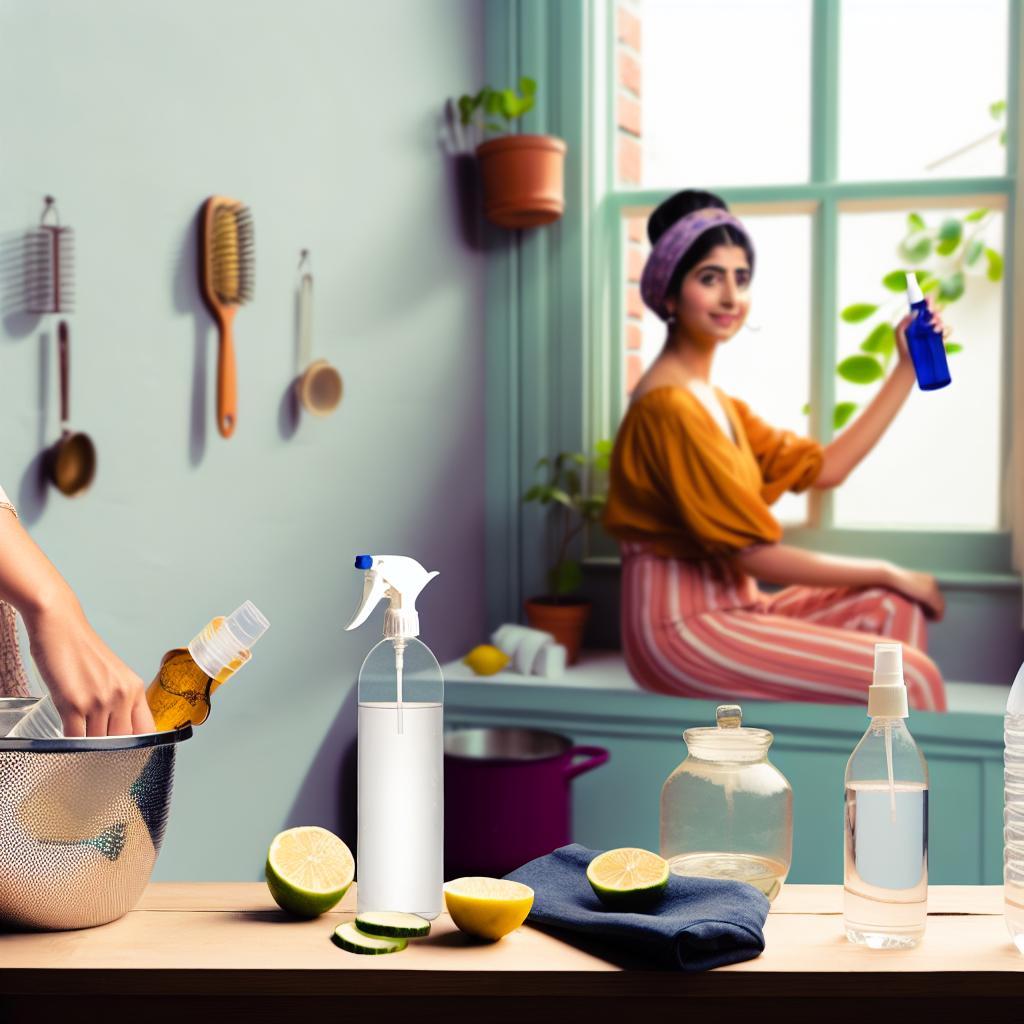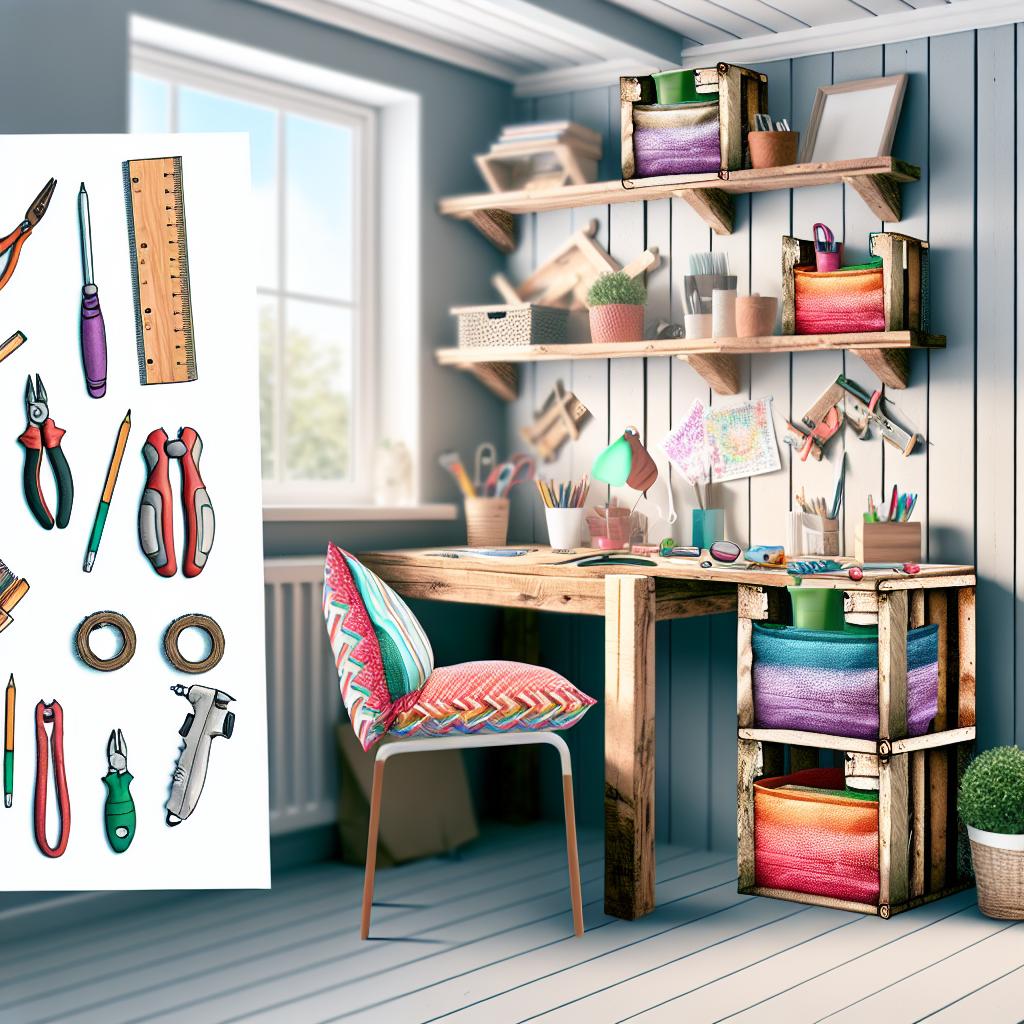DIY Fall Décor: Affordable and Easy Ideas
Introduction As the leaves change color and a crisp chill fills the air, it’s time to usher in the warmth and coziness of fall into your home. For many, this cozy transformation doesn’t mean spending a fortune on high-end decorations. Instead, DIY fall décor is the perfect solution for those on a budget, yet eager to infuse their living spaces with the vibrant hues and comforting tones of the season. With a few crafty tricks and some seasonal inspiration, you can create a home that reflects the beauty of autumn—without breaking the bank. This guide explores a variety of affordable and easy seasonal crafts to adorn your home. Keep reading to discover our eclectic selection of DIY fall décor ideas, accompanied by detailed instructions, a comprehensive list of materials, and savvy budget tips. Embrace your creativity and let your inner artisan shine! Décor Ideas Rustic Autumn Wreath A rustic autumn wreath is a welcoming addition to any front door. This versatile piece can be customized to incorporate your favorite seasonal colors and textures, allowing you to bring the outdoor elements indoors. Leaf Garland A leaf garland is a simple yet eye-catching piece that adds warmth and vibrancy to mantels, banisters, or walls. Using a mix of real and artificial leaves elevates this project, ensuring longevity throughout the season. Harvest Centerpiece Create a stunning focal point for your dining room table with a harvest centerpiece. Using natural elements such as mini pumpkins, gourds, and candles, this centerpiece captures the essence of fall beautifully and effortlessly. Pinecone and Acorn Accents Pinecones and acorns are quintessential fall items that can be used in various DIY projects. Whether painted, glittered, or displayed naturally, they add an organic touch to any setting. Mason Jar Luminaries Bring a soft, warm glow to any room with mason jar luminaries. With a touch of personalization, these jars can hold tea lights or LED candles, scattering ambient light around the room. Materials Needed For these projects, you will need: Wreath base (grapevine or wire) Artificial and real leaves Mini pumpkins and gourds Twine or string Pinecones and acorns Small paintbrushes Acrylic paints or spray paint Glue gun and sticks Mason jars Tea lights or LED candles Decorative ribbon Scissors These materials can usually be found at local craft stores or online at competitive prices, ensuring your DIY fall décor projects remain budget-friendly. Step-by-Step Guide Rustic Autumn Wreath Begin by selecting a wreath base. A grapevine wreath provides a rustic look while a wireframe allows for more customization. Gather an assortment of artificial and real leaves in various shades of red, orange, and yellow. Using a glue gun, adhere the leaves in layers, starting with the largest at the base and working your way to the smallest at the top, for a fuller look. Embellish with small pinecones, acorns, or mini pumpkins secured with hot glue. Finish by attaching a decorative ribbon to the top for hanging. Leaf Garland Collect real or artificial leaves. If using real leaves, make sure they’re dry and pressed. Cut a length of twine or string to your desired garland length. Attach leaves to the twine using small drops of hot glue at the stem or use mini clothespins for a more adjustable option. Space the leaves evenly along the twine. Add small pinecones or acorns for extra detail. Harvest Centerpiece Select an assortment of mini pumpkins, gourds, and candles. Arrange these items in the center of your table, varying height and size for visual interest. Weave in some artificial leaves and pinecones around the base of your arrangement. Add depth by incorporating mason jar luminaries with tealights interspersed throughout the arrangement. Pinecone and Acorn Accents Collect pinecones and acorns. Clean them thoroughly by soaking in a vinegar-water solution before drying. For a natural look, use them as is. For a pop of color, paint them using acrylic or spray paint in seasonal colors. Display them in bowls or scatter them across tables for a subtle yet stylish touch. Mason Jar Luminaries Choose clear mason jars and remove any labels or residue. Wrap the exterior with decorative seasonal ribbon, securing it with glue. Place tealights or LED candles inside each jar. Arrange the jars along windowsills or as part of your harvest centerpiece for added ambiance. Budget Tips Decorating for fall doesn’t have to be expensive. Here are some budget-friendly tips to help you create beautiful DIY fall décor: Shop off-season sales for supplies at reduced prices. Use natural elements from your backyard such as pinecones, acorns, and branches. Repurpose items you already own like mason jars or old wreath forms. Scout local thrift stores for inexpensive decorative pieces. Incorporating these cost-effective strategies ensures your DIY seasonal crafts remain affordable without sacrificing style. To manage your DIY projects efficiently, consider setting up a home office space dedicated to crafting. This allows you to keep supplies organized and easily accessible when creativity strikes. All in all, seasonal decorating can be an enjoyable, enriching endeavor that highlights your personal style and creativity. By employing these practical ideas and budget tips, your home will transform into a warm and inviting autumnal haven in no time. Enjoy the beauty of the season and happy crafting!









